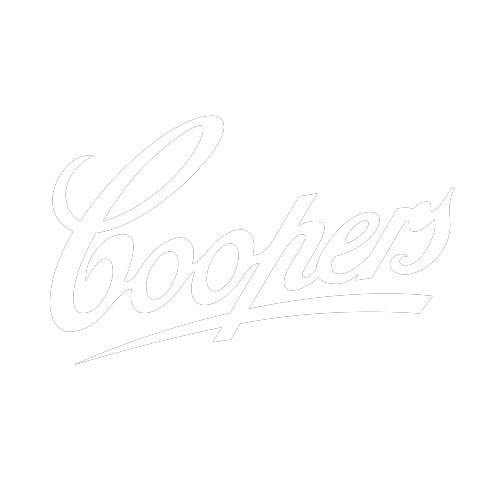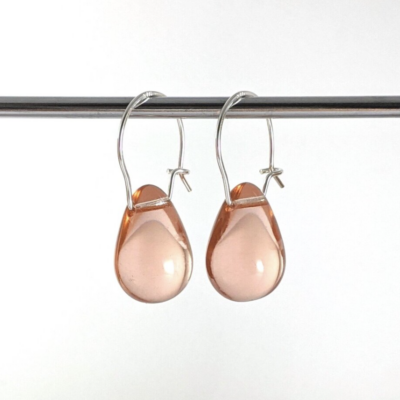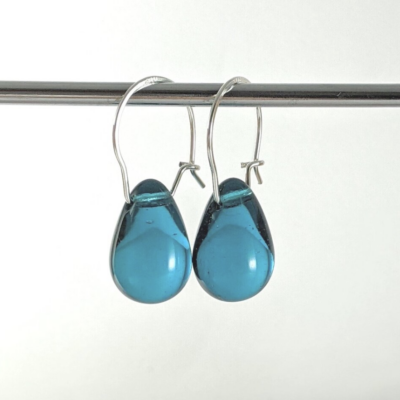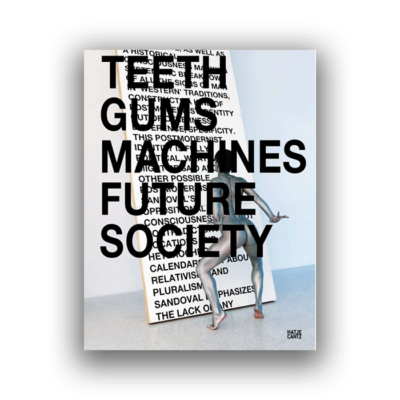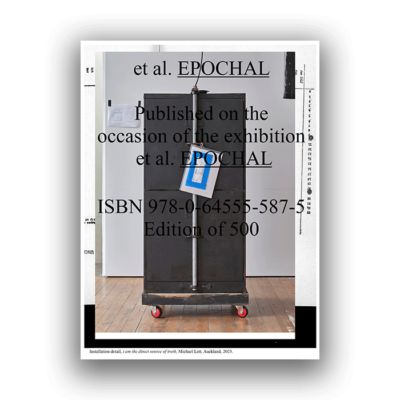Maryam Jafri
Independence Day 1934–1975
30 July–8 October 201630 Jul–8 Oct 2016
#MaryamJafri
This first solo exhibition in Australia of Maryam Jafri‘s work presents fifty-seven photographs from her project Independence Day 1934–1975 (2009–ongoing) form an installation that documents the first independence day ceremonies in former European colonies across Asia, the Middle East, and Africa, between 1934 and 1975.
Sourced by the artist from twenty-nine archives housed in countries such as Syria, Kenya, Senegal, India, Malaysia, the Phillipines, and Algeria, the photographs are arranged into a grid according to the characteristics of the ceremony, creating a sense of a repetitious ritual. Elements including the swearing in of a new leadership, the signing of relevant documents, the VIP parade, the stadium salute, the first address to the new nation, are all supervised and orchestrated by the departing colonial power. Thus despite disparate geographic and cultural contexts, striking similarities emerge through Jafri’s process of arrangement and juxtaposition.
The artist calls the project a ‘collection of collections’. Uniting conceptual art and cultural anthropology, it exemplifies her research-based practice.
Taken as a whole Independence Day 1934–1975 reveals a political model exported from Europe and in the process of being cloned throughout the world. Although a great deal of research has been done on both the colonial and the post-colonial eras, this project aims to introduce a third, surprisingly neglected element into the debate: that twenty-four-hour twilight period in-between, when a territory transforms into a nation-state.
Curated By
- Aileen Burns and Johan Lundh
Maryam Jafri is an artist working across media and genres, including video, sculpture, performance, and photography. Informed by a research based, interdisciplinary process, her artworks are often marked by a visual language poised between film and theater and a series of narrative experiments oscillating between script and document, fragment and whole. She holds a BA in English & American Literature from Brown University, an MA from NYU/Tisch School of The Arts and is a graduate of the Whitney Museum Independent Study Program. She lives and works in New York and Copenhagen.






